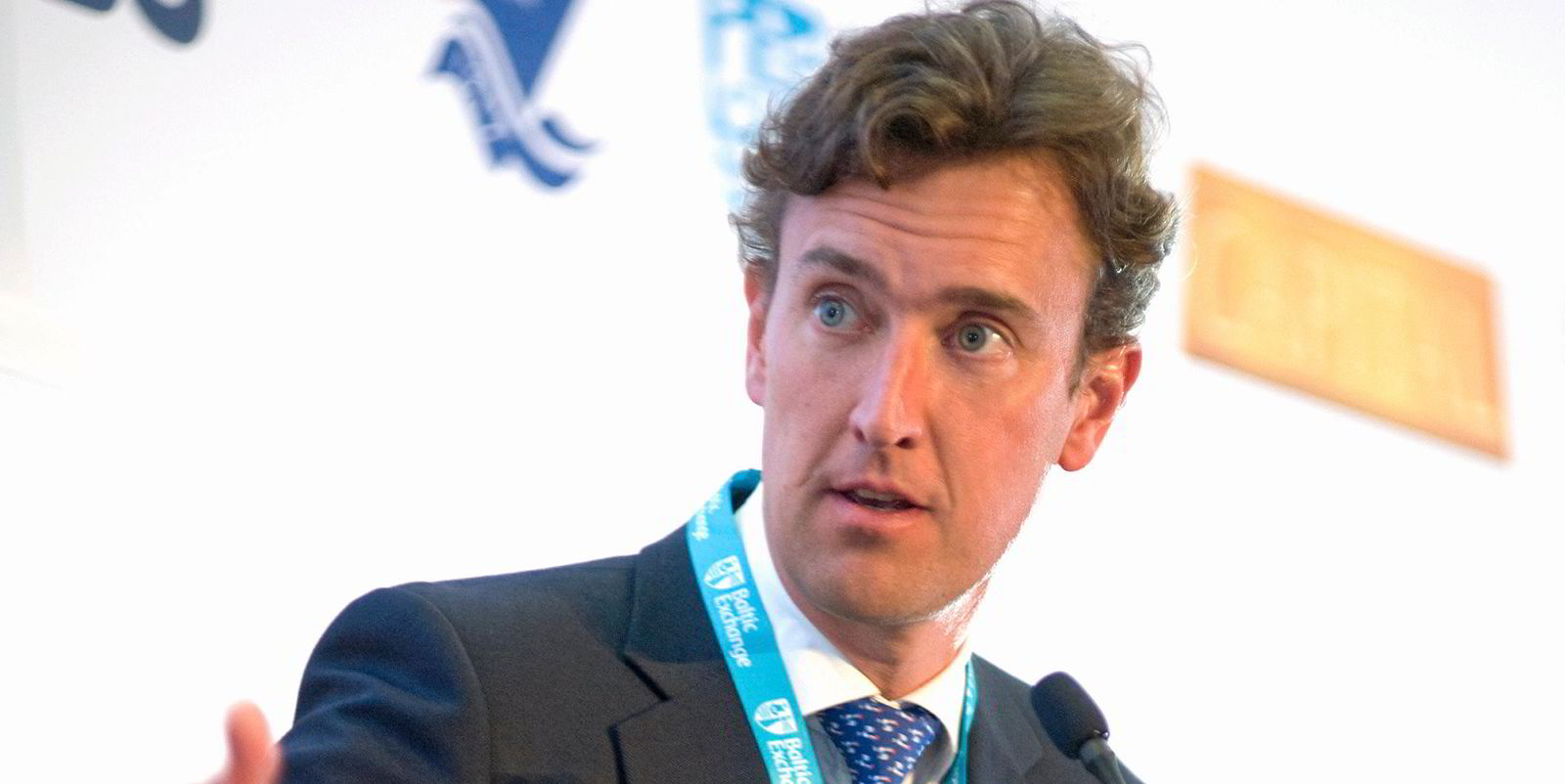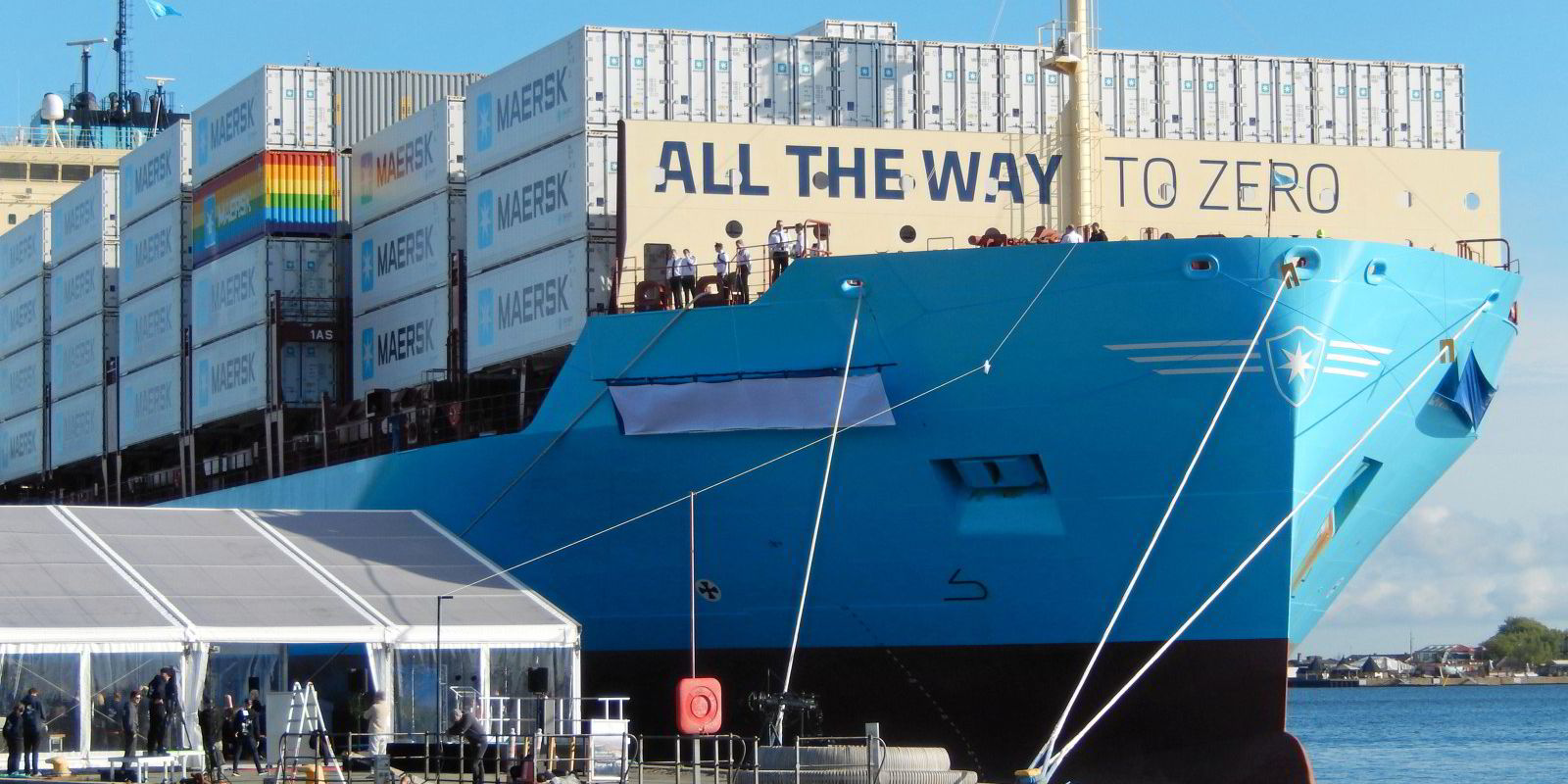Seaspan this week made public its work on a big new container ship powered by ammonia, in an attempt to address concerns about the toxic fuel.
The giant Canadian shipowner has produced a report with the Maersk Mc-Kinney Moller Center for Zero Carbon Shipping to unveil the design for a 15,000-teu neo-panamax prototype.
The partners detail their design decisions and the challenges that still need to be met to get the ship on the water.
One of the lead authors, Sebastian Brindley, an independent senior naval architect acting on behalf of Seaspan, told TradeWinds: “There are going to be huge concerns about using ammonia, which is toxic on board vessels.
“And I think one thing we need to do very carefully is manage the public perception of this. And the only way to do that is to show them how safety-centric the design has been right from the word go.”
The aim has been to ensure safety for seafarers, port workers and residents, Brindley said.
“This is so, so important and of course for the environment too. So the only way to get their support is to be honest and open,” he said.
The other lead author, Thomas McKenney, head of ship design at the Maersk Mc-Kinney Center, said his organisation is not-for-profit and acts for “the greater good”.
“And so what that allows us to do is to give and share a lot more details on the project,” he told TradeWinds.
“Typically, this type of project would be very closed-door. They might issue a statement on an approval in principle, but pretty much they won’t give you any real meaningful details.”
‘Proximity challenges’
But the partners are issuing general arrangements for the vessel, giving specifications and talking about the decision-making process. This includes thought processes and why certain decisions were taken.
“And that ultimately helps first-movers, but also can help move the industry towards certain standards that we want to promote as a centre,” McKenney said.
Shaun White, managing director of designer Foreship UK, told TradeWinds that not too many ammonia-concept feasibility studies come across his desk; there is a huge focus on methanol and biofuel instead.
“So there was a lot of uncertainty and unknowns,” he added.
“This is an ammonia container vessel, so there are particular challenges around proximity to crew. These vessels have a very different operational configuration than, say, a gas carrier.”
One factor was the danger of containers being dropped onto fuel tanks.
In this design, tanks have been placed under the accommodation structure to optimise loadability and slot cost.
“So if there was a dropped container, there wasn’t a direct risk associated with a container piercing a tank top,” White said.





